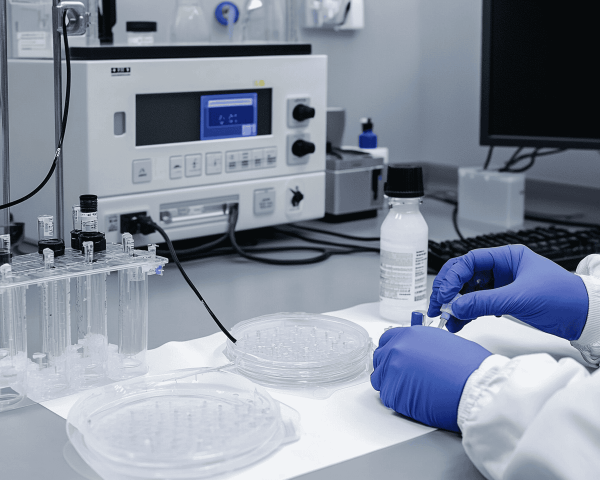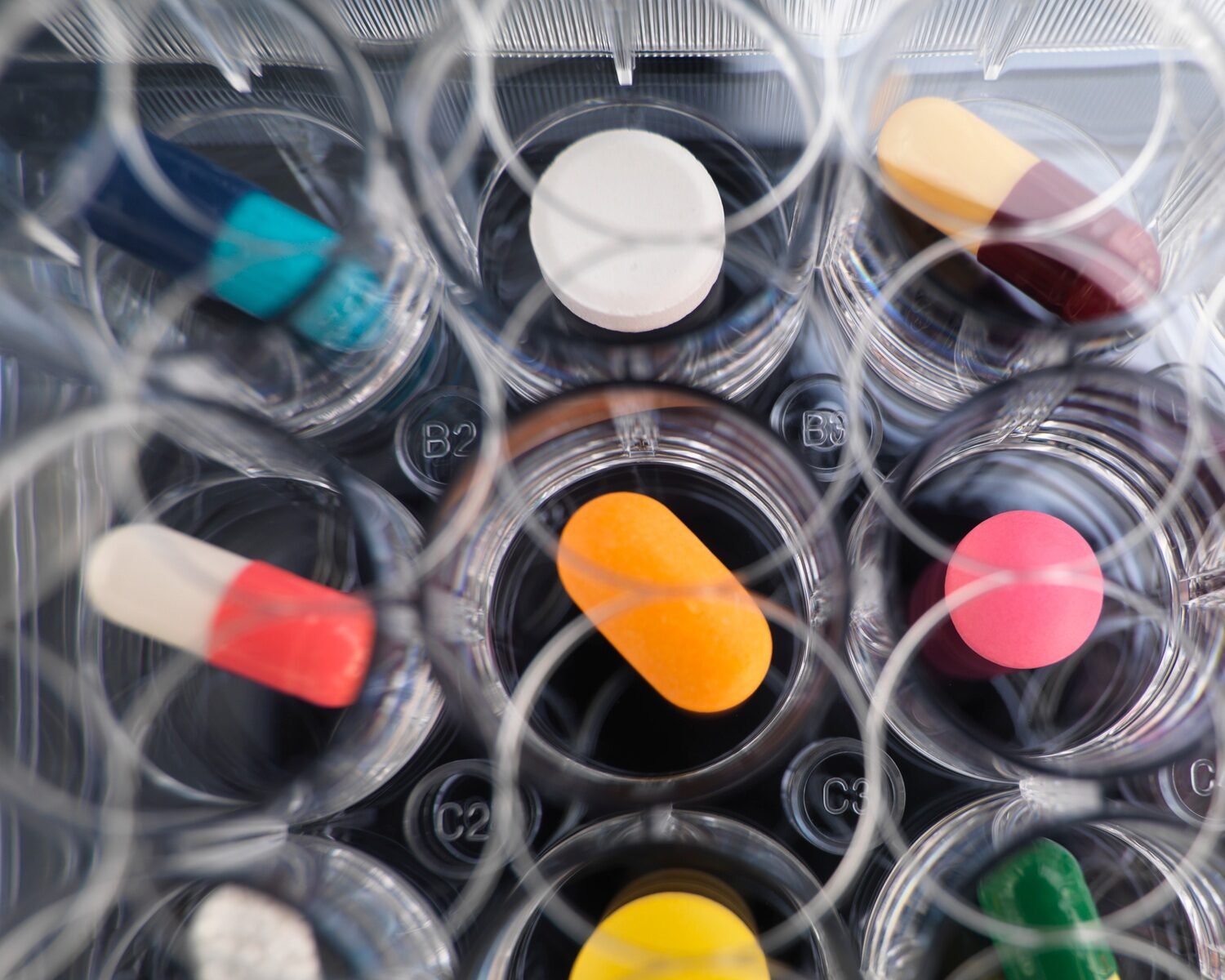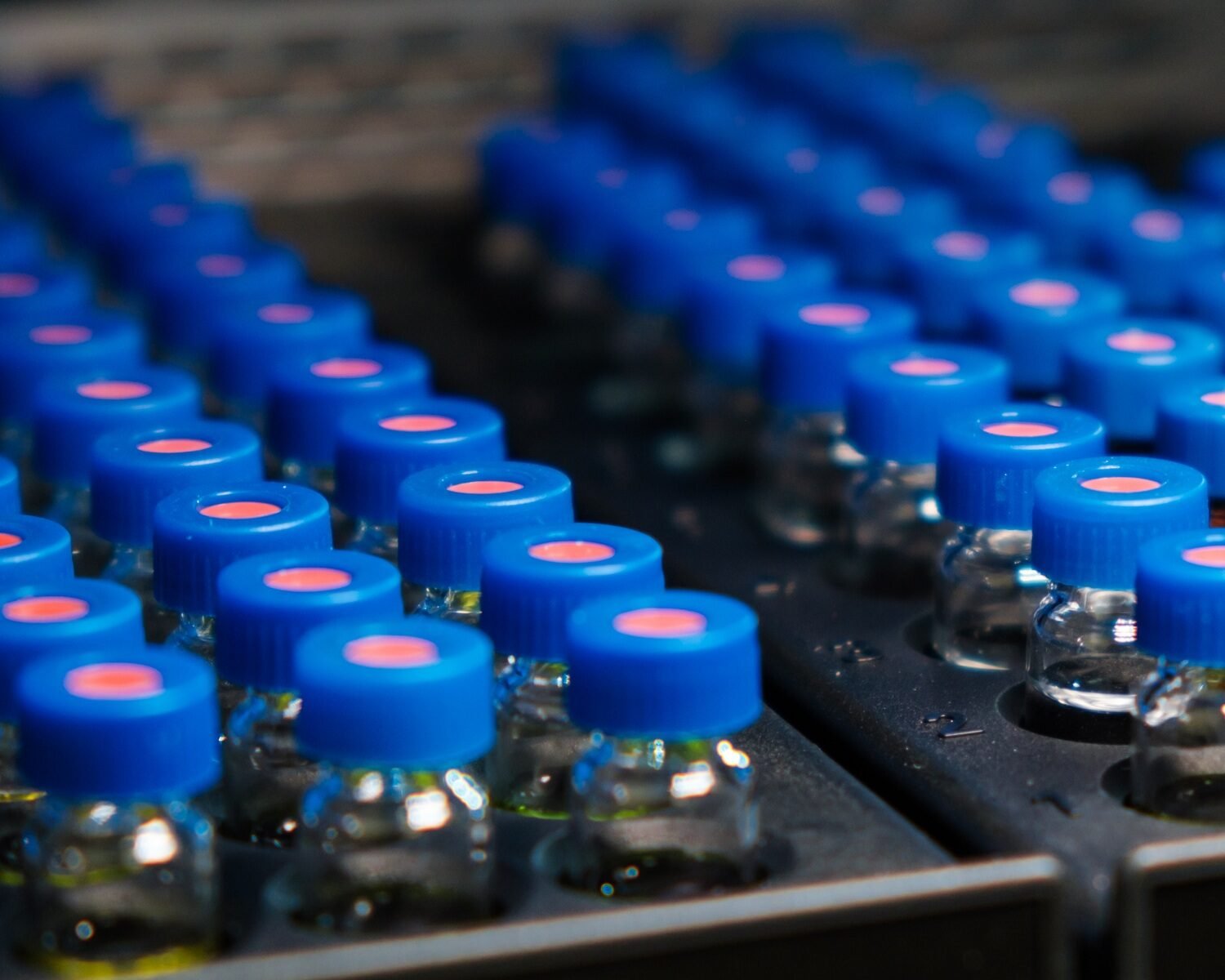You know, sometimes we get so caught up in the high-tech tools available today that we forget about some of the classics that are still incredibly useful. Thin Layer Chromatography (TLC) is one of those classic techniques. It might not be the flashiest method in a lab, but its value? Oh, it’s undeniable. I still remember the first time I used TLC—it was such a simple and satisfying way to separate compounds, like watching a magic trick unfold! But is it still relevant today? Let’s chat about that.
What Exactly is Thin Layer Chromatography?
Thin Layer Chromatography (TLC) is a basic but powerful analytical technique used to separate mixtures into their individual components. It works by placing a small sample of the mixture onto a stationary phase (like a glass or plastic plate coated with a thin layer of silica or alumina) and then allowing a solvent to move up the plate. Different compounds travel at different speeds based on their chemical properties, leaving behind distinct spots on the TLC plate.
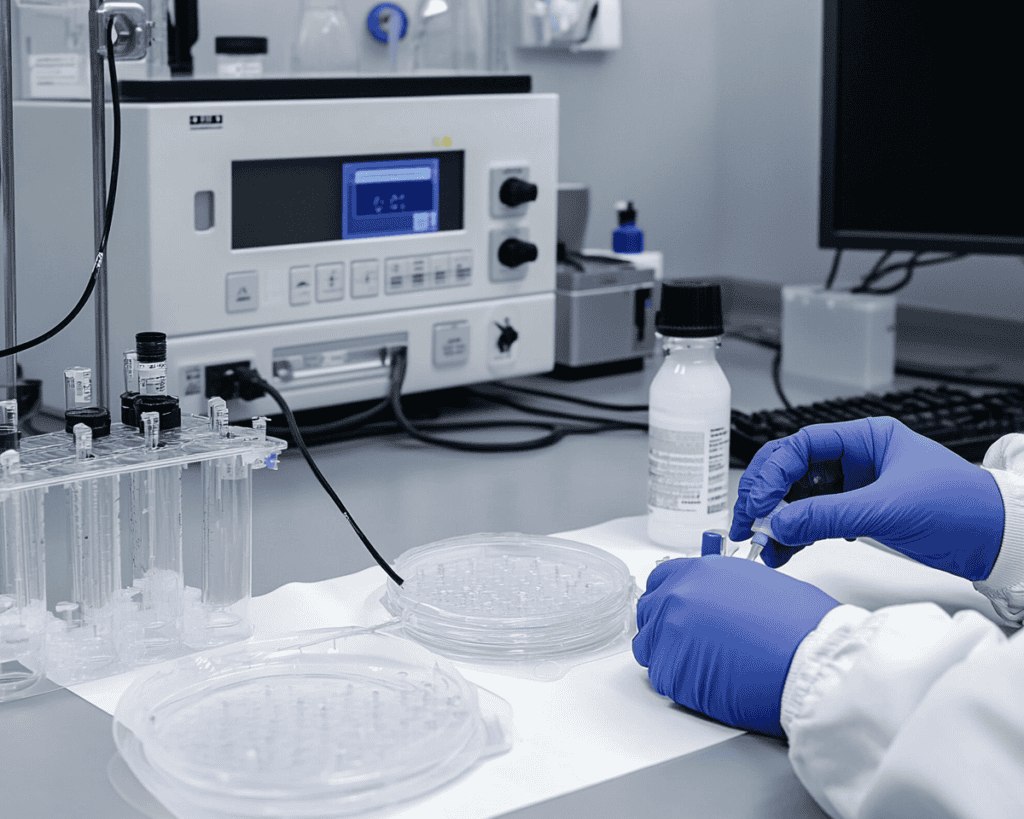
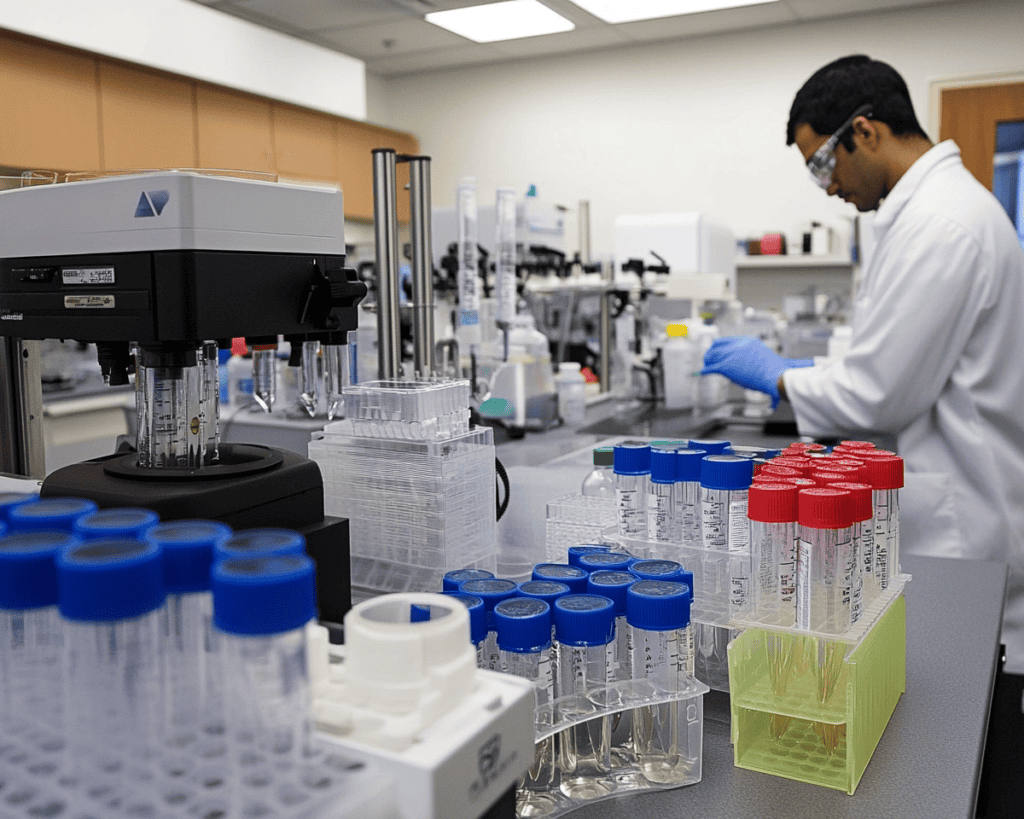
How Does TLC Work?
- Stationary Phase: This is the part where you apply your sample. The plate is coated with silica or alumina, which acts as a polar substance to interact with the compounds in your sample.
- Mobile Phase: This is the solvent that moves up the plate by capillary action. It helps the different compounds move at varying rates depending on their polarity.
- Separation: The compounds in your sample separate out into different spots, and by comparing these spots with known standards, you can identify what’s in your sample.
Now, isn’t that a simple but smart way to separate and analyze compounds? It’s fascinating that such a simple concept is still widely used across various industries.
Key Applications of TLC: Where is it Used?
TLC is surprisingly versatile, and it’s used in a bunch of different fields. Whether you’re in pharmaceuticals, food testing, or environmental science, chances are you’ll come across this technique. I’ve even seen it used in forensic science to detect drugs! So, where does it really shine?
Pharmaceutical Industry
If you’re working in drug development or testing, TLC can help you identify the compounds in a mixture. For example, it’s commonly used to check the purity of synthesized drugs. After all, you don’t want to release something that’s got impurities, right? So, TLC steps in to make sure the product is what it says it is. Pretty essential, don’t you think?
Food and Beverage Testing
In food testing, TLC helps in identifying additives, contaminants, or natural products like flavors and vitamins. It’s a great way to make sure that what you’re eating or drinking is safe and pure. Who would’ve thought that this method could be part of ensuring the safety of our favorite snacks?
Environmental Analysis
TLC is used to detect pollutants in soil and water. This technique allows environmental scientists to separate and identify contaminants, such as pesticides, in a sample. Given the environmental concerns today, TLC remains a key tool in monitoring pollution levels. What do you think about that? Pretty cool, right?
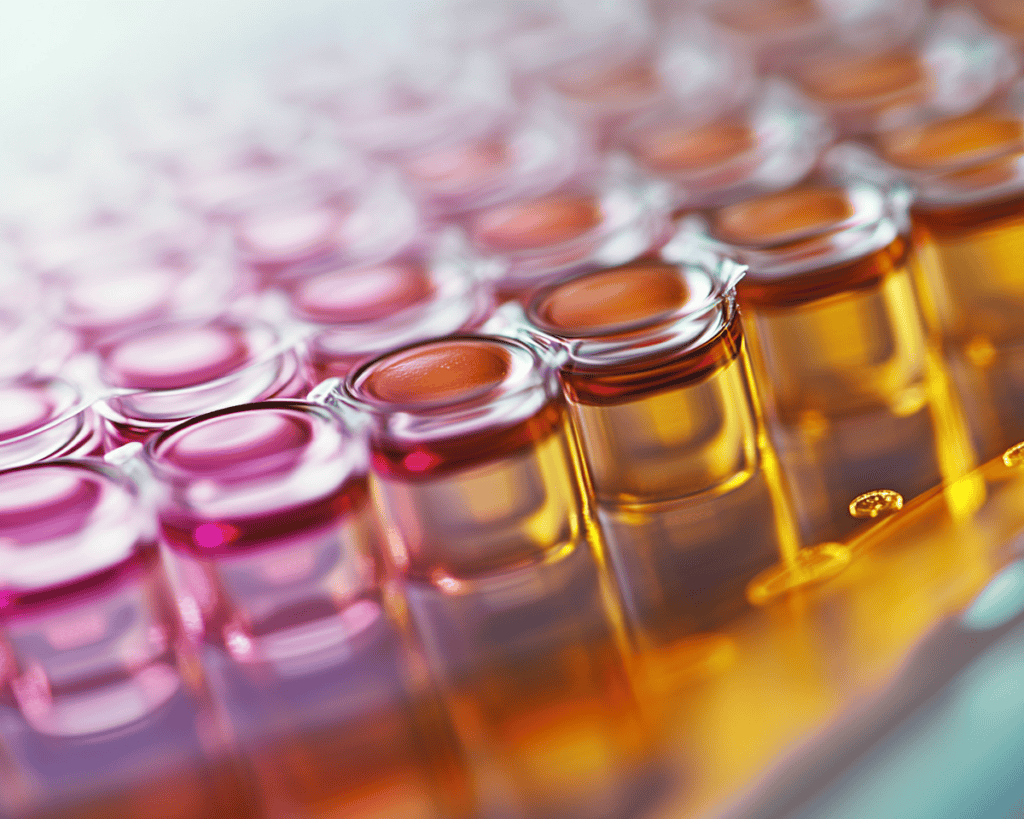
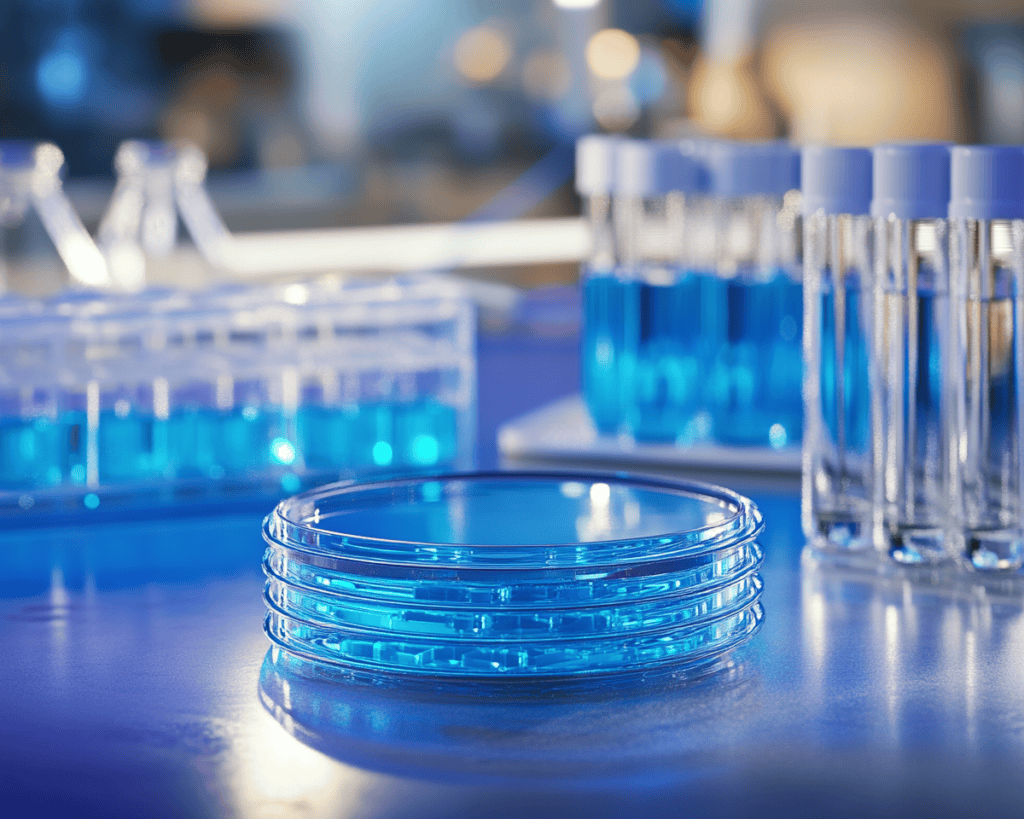
What are the Advantages of Using TLC?
You might be wondering, with so many advanced tools out there, why do we still use TLC? Well, it has some definite perks that keep it in play, even in today’s high-tech world.
Cost-Effective
Let’s face it—fancy lab equipment can be expensive. TLC, on the other hand, is relatively cheap. All you need is a plate, some solvent, and a chamber, and you’re good to go. No fancy machines or costly maintenance. This makes it a great option for labs with tight budgets.
Easy to Use
There’s no need for complex training or fancy equipment to run TLC. Whether you’re a seasoned chemist or a student just getting started, TLC is accessible and easy to understand. I remember how excited I was to run my first TLC experiment because I could actually “see” the results with my own eyes.
Quick Results
One of the best things about TLC is how fast it is. You can get results in a matter of minutes, which makes it perfect for monitoring reactions in real-time. Need to check how a reaction is progressing? Just grab a TLC plate, and you’ll have your answer quickly.
Limitations of TLC: Is It Always the Best Choice?
While TLC has its strong points, it’s not without its flaws. It’s good for quick and simple analyses, but it might not always be the best choice for complex mixtures.
Sensitivity
TLC isn’t as sensitive as some modern techniques like HPLC (High-Performance Liquid Chromatography). So, if you’re working with trace amounts of a substance, TLC might not detect it. What do I think of that? Well, it just means TLC is better suited for larger, more visible quantities.
Quantification Issues
If you need precise quantitative data, TLC might not be your best bet. Sure, you can estimate concentrations by comparing spot sizes, but for more exact numbers, you’ll likely need a more advanced technique.
Why TLC Still Has a Place in Modern Labs
Despite its limitations, TLC continues to be a reliable and valuable tool in many labs. Sometimes, the simplest solution is the best one, especially when you need a quick, cost-effective way to analyze compounds. Do you agree? It’s kind of like choosing a tried-and-true recipe over something fancy—you know it’ll get the job done.
Complementary to Other Techniques
Many labs use TLC alongside more advanced techniques like HPLC. It’s often a first step in the analysis process, helping to quickly separate and identify compounds before more detailed work is done. That’s what makes it so versatile.
Wrapping It Up: Should You Use TLC?
So, is TLC the right choice for you? Well, that depends on what you’re looking for. If you need a fast, cheap, and easy way to separate and identify compounds, TLC might just be your go-to method. But if you’re dealing with complex mixtures or need super-precise data, you might want to consider other techniques like HPLC or GC (Gas Chromatography). What do you think? Does TLC still have a place in modern labs, or is it time to move on?

